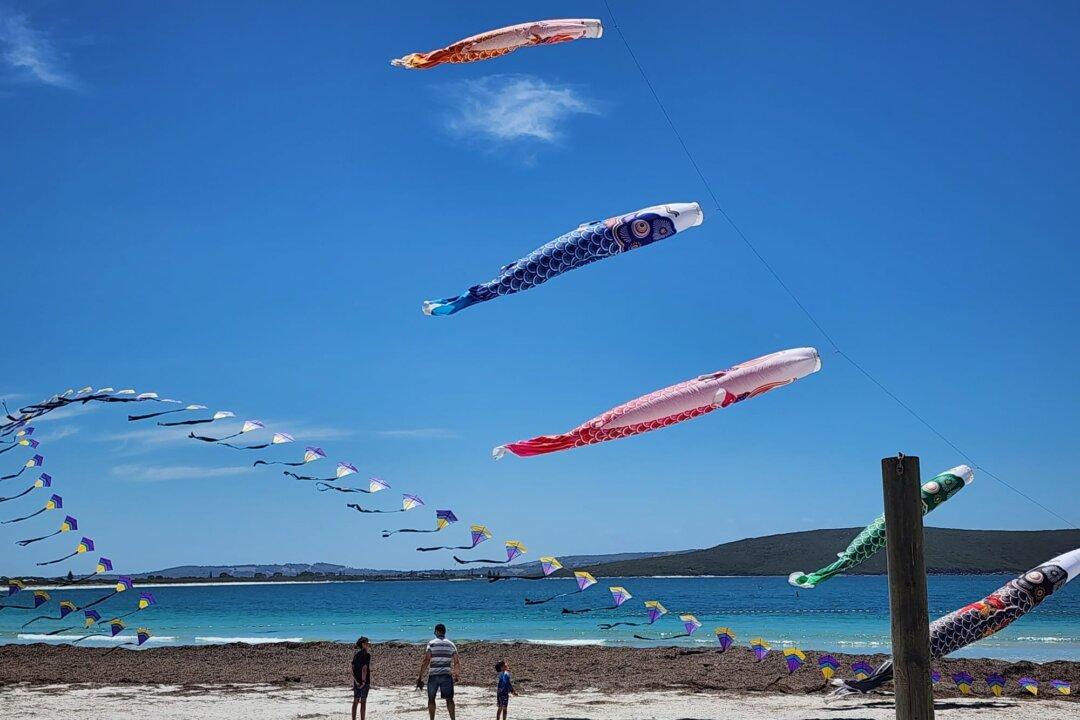Millions of Australians have sweltered through sizzling temperatures but relief is in sight with the mercury to drop for those on the southeast coast.
Melburnians baked on March 11, with the Bureau of Meteorology reporting a top of 37C.

Millions of Australians have sweltered through sizzling temperatures but relief is in sight with the mercury to drop for those on the southeast coast.
Melburnians baked on March 11, with the Bureau of Meteorology reporting a top of 37C.